2018 is the new year known to most people worldwide. Nevertheless, on other existing calendars, we could be in a different year. Furthermore, other calendars may have different new year dates. One can only wonder how many existing calendars are there and are in use. Most Historians and students doing historical studies would have an idea, but how many people are aware of the fact that there are multiple calendars? Webexhibits states that there are approximately 40 calendars worldwide. All these calendars can be categorised under 3 types namely; Lunisolar, Solar and Lunar calendar. Nonetheless, the most known calendars worldwide are; Gregorian, Islamic and the Chinese calendar.
The Gregorian and Julian Calendars
On the Gregorian calendar, we are in the year 2018. Also, we celebrate the new years on the 1st of January every year. Initially, the year began when the Roman Empire consuls entered administrative office. All this was before the implementation of the Julian calendar. There were three beginning dates these were; 1st of May, 15th of March and 1st of January. The Julian calendar adopted the 1st January as the beginning date of the year. This date has remained in place even with the Gregorian calendar.
Gregorian calendar is the international civil calendar. Several countries have their own calendars but they still use the Gregorian for administrative purposes. The calendar has 12 months in total with 365 days for a common year and 366 days for a leap year. According to the history website, the Julian calendar was introduced before the Gregorian. In 46 B.C. emperor Julius Caesar implemented the Julian calendar. In 1582, Pope Gregory XIII introduced the Gregorian calendar, hence, replacing the Julian calendar. However, both these calendars are Roman. Both calendars are also solar calendars because their dates show the position of the earth on its revolution around the sun.
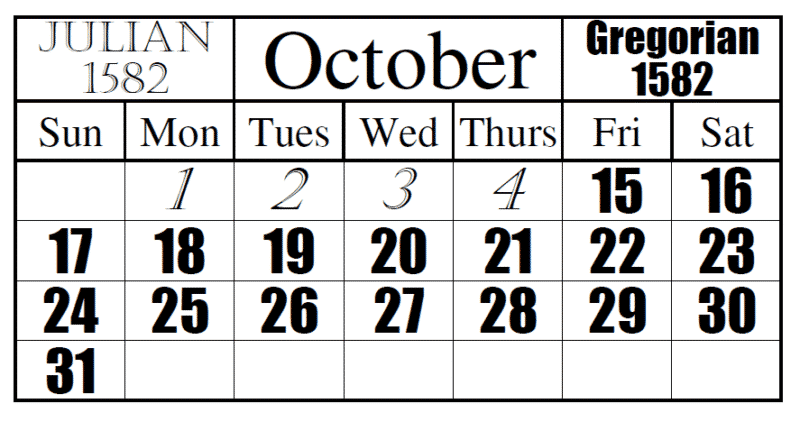
The main reason for introducing the Gregorian calendar was the Easter celebration. The most important day for Christians is the resurrection of Christ and Gregorian is Christian calendar. Easter day is when Christians celebrate Christ’s resurrection. Geonologytime magazine states that the spring equinox date was miscalculated on the Julian. Easter was the first Sunday following Full Moon after Spring equinox. This worried the pope thus, he introduced the Gregorian which was calculated correctly for the Easter day. The other reason was that Julian calendar was miscalculated by 11 minutes. These 11 minutes made the Julian longer than the Gregorian calendar.
The Roman months explained
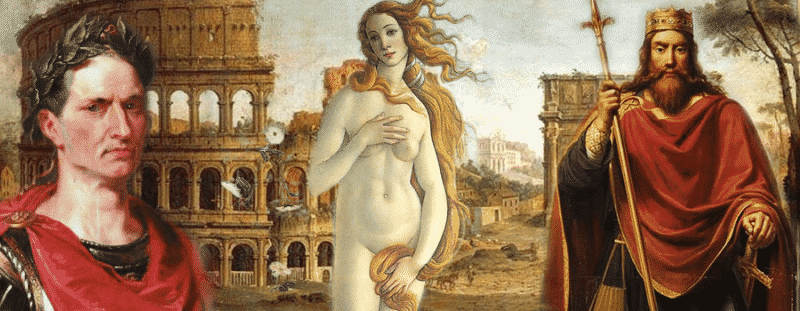
The Romans used their gods, emperors and kings as names of the months on the calendar. The months of the Gregorian/Julian calendars are explained as follows;
January was initially named after the Roman god of Gates Janus. He was also the god of beginnings and endings. February was Februus who was the god of purification. March was Mars the famous Roman god of war. April was Aprilis which means to open in Latin. This meant the blossoming of trees and flowers and it was a special month to honour Venus the goddess of love. Aprilis is also derived from the Greek Goddess of love Aphrodite. May was Maia Maiestas the roman goddess of springtime. June was named after the godess and wife of Jupiter, Juno. Juno was the woman protector and mother of Mars.
July is named after Julius Caesar a former Roman emperor. August was Augustus who was the first Roman emperor. The rest of the months got their names from Romulus, the first King and conqueror of Rome. September is Septem the 7th month of Romulus. October is Octo the 8th month of Romulus. November is Novem, the 9th month of Romulus. Finally, December is decom the 10th month of Romulus.
The Islamic Or Hijri Calendar
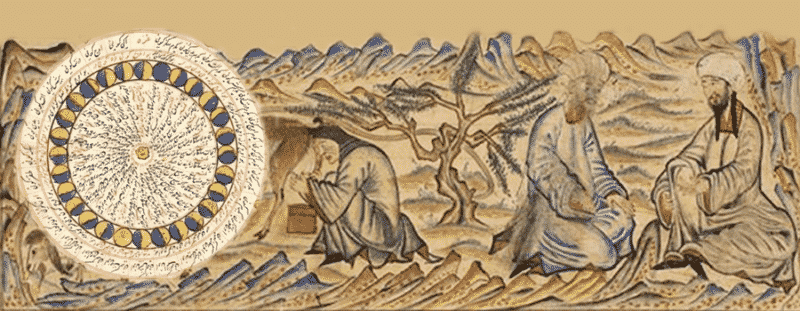
The current Islamic year is 1439 AH. Within the Gregorian calendar, 1439 AH runs from October 3rd 2016 until 21 September 2017. As for the time they celebrate New Year’s, it is the day on which the year count increments. The first day of the year is on the first day of Muharram, which is the first month of the Islamic calendar. Although, some Islamic organisations prefer determining the new year by local sightings of the Moon.
The Islamic calendar is a Lunar calendar and contains 12 months that base on the motion of the Moon. The calendar started in AD 622 during the emigration of Muhammad from Mecca to Medina. It is a Lunar calendar with 12 months in a year of 354 days or 355 days. But starting In 639 CE, Caliph Umar started the Muslim Calendar counting it from the Lunar month.
Each month starts when the lunar crescent is first seen by a human observer’s eye after a new moon. A day within the Islamic calendar is defined as beginning at sunset. Since the Islamic Lunar year is eleven to twelve days shorter than the solar Gregorian year, the Islamic New Year doesn’t come on the same day of the Gregorian calendar every year. The first day of the week corresponds with Sunday of the planetary week.
The Lunar and Traditional Chinese Calendars
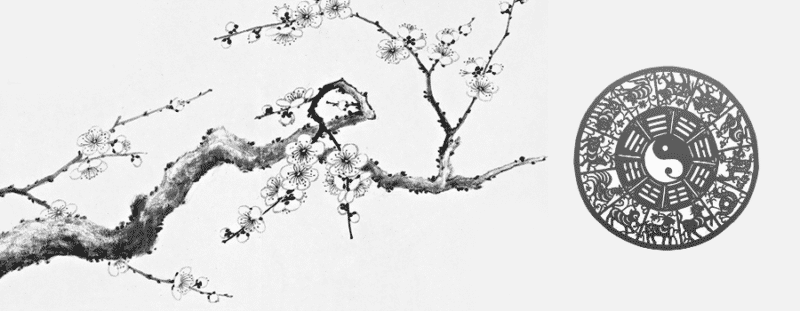
According to both the Lunar and the Traditional Chinese calendar, we live in the year 4715. The Lunar calendar incorporates both the cycle of the moon, as well as the cycle of the sun. This makes the Chinese calendar a lunisolar calendar. The moon takes about 29.5 days to cycle around the Earth, which is one month according to the Chinese. Therefore, each month starts on the day of the new moon. There are still 12 months in a year, only now instead of a month varying from 29 to 31 days, the Lunar calendar has 30 days in odd months and 29 days in even months. This is a total of 353 days in a year. Every 30 years, there’s 11 leap years with 355 days a year.
The traditional Chinese calendar still bases the average length of a month on a Lunar cycle, so either 29 or 30 days in a month. These do not alternate within a year, like the Lunar calendar, but are based on the position of the sun. As the lunar calendar is off by 11 days each year, the traditional calendar adds an extra month every 3 years to make up for the 33 days.
The 60-year cycle
Each year is assigned a name consisting of two components within a 60-year cycle. The first component is one of 10 celestial stems, for example Wu (associated with Earth) or Jia (associated with growing wood). The second component is a celestial branch. It features the name of 1 of 12 animals, like Chen (dragon) or Shen (monkey). Each of the two components is used sequentially. Therefore, the first year of the 60-year cycle becomes jia-zi, the second year is yi-chou, and so on. One starts from the beginning when the end of a component is reached. The 10th year is gui-you, and the 11th year will restart the celestial sterm, starting with ‘jia’ again. The 13th year is bing-zi, because the celestial branch restarts after a 12-year cycle. Lastly, the 60-year cycle ends with gui-hai.
As mentioned before, the celestial branch is a 12-year cycle, and important to the Chinese. They believe that certain animals get along better than the others. So parents choose a specific year to give birth, because they believe that the right combination of animals can bring prosperity. When entering into romantic relations, the Chinese refer to the celestial branch as well. Some animals are luckier than the others, such as the Dragon, which is a symbol for power, strength, and wealth. Therefore, in 2012 (the year of the Dragon), the birth rate in China, Hong Kong, and Taiwan increased by 5% (about 1 million more babies). Then again, Tiger is an undesirable animal, due to its volatile temperament. Many Chinese regions saw a sharp decline of birth rate during those years.
A New History
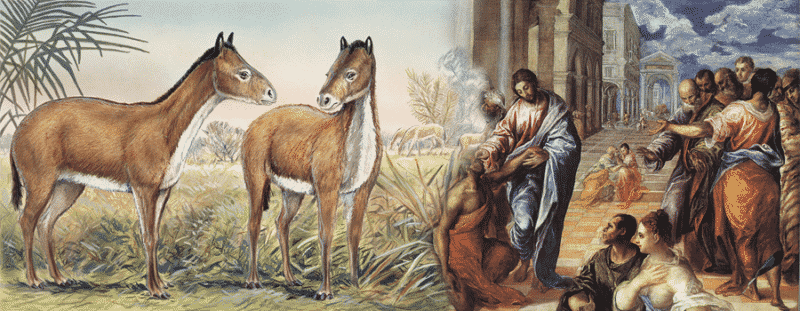
Some people argue that one our most outdated ideas is that we live in the year 2017. This distorts the view of our own history, and how far we have come. Scientist Cesare Emiliani proposed in 1993 that humanity should switch to the Holecene calendar. The Holocene calendar starts at a moment in time that drastically alters how we think and feel about our history: 12.000 years ago. It is around this time that our ancestors constructed Jericho, the earliest known walled city. From this point on they started to build a new world on top of the old. Therefore, Cesare Emiliani proposed that we add ten thousand years to our Gregorian calendar. This makes it easier for geological, archaeological, dendrochronological and historical dating.
This blog was written by Sebastiaan, Dorah and Isabel for StuDocu.
For more awesome content and study documents like lecture notes, essays and passed exams, check out Studocu.com.






